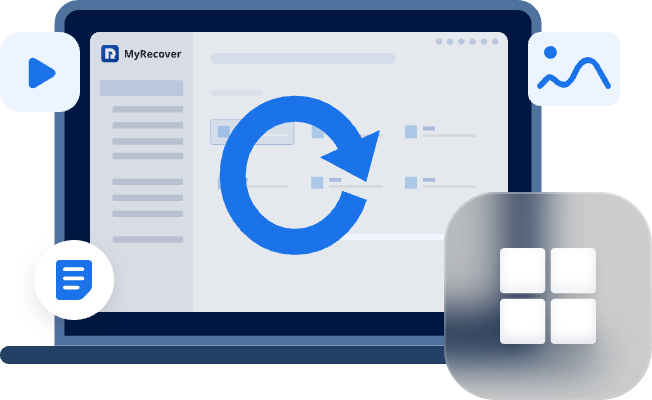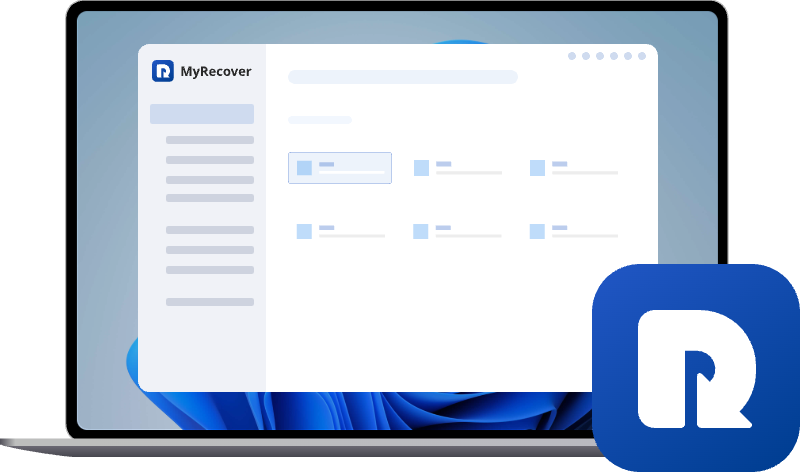XQD Card Not Recognized: Troubleshooting Guide
Experiencing problems because your XQD card not showing up? Explore proven methods to troubleshoot, repair, and regain full access to your XQD card with minimal effort.
Understanding Why Your XQD Card Isn’t Recognized
Before we jump into the fixes, it helps to understand what’s going on behind the scenes.
Your XQD card may not be detected due to:
- Physical damage
- Dust or debris on the contacts
- Outdated drivers
- Corrupted file system
- Faulty card reader
- Connection issues
- Power delivery limitations
It’s a bit like trying to unlock a door with a key that’s either bent, dirty, or simply in the wrong lock. Fix the key—or the lock—and the door opens right up.
Common Symptoms of XQD Card Recognition Issues
If you’re dealing with one or more of these symptoms, you’re in the right place:
- XQD card not showing up in File Explorer or Finder
- Camera displays "NO CARD" or "CARD ERROR"
- XQD card reader LED doesn’t light up
- Device manager doesn’t detect the card
- XQD card shows as "RAW", "Unallocated", or "Unknown Device"
Devices That Commonly Experience XQD Errors
XQD cards are mostly used in:
- Sony mirrorless and DSLR cameras
- Nikon professional cameras
- High-speed card readers
- Workstation computers handling 4K/8K video
If you're using any of these, you’re not alone—many professionals run into this issue regularly.
How to Solve the "XQD Card Not Recognized" Issue
Let’s break down how to bring your XQD card back to life.
Method 1: Check Basic Hardware Issues
Sometimes the simplest fixes work wonders.
1. Inspect the XQD Card Physically
Look for:
- Cracked casing
- Bent metal contacts
- Burn marks or discolorations
If the card looks like it survived a war, it might be permanently damaged.
2. Check the XQD Card Reader or Camera Slot
Often, the problem isn’t the card—it’s the reader.
- Try using a different card reader.
- Make sure you're using an XQD-compatible slot, not CFexpress-only
- Check if the reader’s LED lights when connected
A faulty reader is surprisingly common.
3. Try Another Port or Device
Try:
- A different USB port
- A direct port instead of a USB hub
- Another computer or camera
If the card works elsewhere, you’ve found your culprit.
Method 2: Clean the XQD Card and Card Slot
Dust happens. And even a thin layer can interrupt contact.
Proper Way to Clean Card Contacts
Use:
- A microfiber cloth
- A soft eraser (gently!)
- 90%+ isopropyl alcohol on a cotton swab
Wipe the gold contacts lightly—never scrub.
Safe Cleaning Tools to Use
Avoid:
- Water
- Sharp tools
- Compressed air that shoots liquid
You want to clean the card, not destroy it.
Method 3: Update or Reinstall XQD Card Drivers
Drivers act like translators between your device and the card. If they’re outdated, communication breaks down.
1. Updating Drivers on Windows
1. Open Device Manager.
2. Look for Disk Drives or USB Devices.
3. Right-click → Update Driver.
4. Restart your computer.
If the card still doesn’t show, uninstall the device and reboot.
2. Updating Drivers on macOS
macOS usually updates automatically, but you can:
- Update macOS to the latest version
- Reset NVRAM/PRAM
- Try a different USB-C to USB-A adapter (if used)
3. Troubleshooting Reader-Specific Drivers
Some readers need special drivers from:
- Sony
- Nikon
- Lexar
Check the reader’s support page.
Method 4: Initialize or Assign a Drive Letter (Windows)
Sometimes the card is recognized, but Windows doesn’t give it a drive letter. So it's there—just hiding.
Using Disk Management
1. Right-click Start → Disk Management.
2. Look for your XQD card.
3. If it’s there but letterless:
- Right-click → Change Drive Letter & Paths
- Add a letter
What To Do If It Shows as “Unallocated”
If you see Unallocated, your file system might be corrupted. Don’t format yet. You may still recover data.
Method 5: Repair XQD Card File System Errors
File system corruption is like scrambled instructions. Fixing them might restore your card.
Situation 1. Using CHKDSK on Windows
1. Open CMD as Administrator and run: chkdsk X: /f.
2. Replace X with your card’s letter.
Situation 2. Using First Aid on Mac
1. Open Disk Utility.
2. Select your XQD card.
3. Click First Aid.
When File System Repair Helps—and When It Doesn’t
It helps if:
- The card was ejected improperly
- Power was lost while writing
It likely won’t help if:
- The card has major physical damage
- The file table is severely corrupted
Method 6: Format the XQD Card (Last Resort)
Formatting erases the card—but also restores its structure. Only do this if data recovery isn’t needed.
Best Format Types for Cameras and Computers
- exFAT → Best for Windows + macOS compatibility
- FAT32 → Older cameras
- Camera-native format → Best for performance
Quick Format vs. Full Format
- Quick Format: Fast, keeps lifespan longer
- Full Format: Deep scan but uses more write cycles
Most users only need Quick Format.
Method 7: Restore Data via MyRecover
If your XQD card is not recognized or becomes RAW/unallocated and you need the data back, MyRecover is a safe and easy recovery tool.
Advantages of Using MyRecover
- Supports recognized, RAW, and corrupted XQD cards
- Recovers 1000+ file types (photos, videos, etc.)
- Beginner-friendly interface
- High success rate in restoring deleted or lost data
Simplified Operation Steps
1. Install and open MyRecover.
2. Choose your XQD card when it appears.
3. Start scanning (it begins automatically).
4. Preview files.
5. Click Recover and save them to another drive.
Easy, fast, and beginner-friendly.
Preventing Future XQD Recognition Problems
Keep your card healthy and you’ll avoid most issues.
Handling and Storage Tips
- Avoid bending the card
- Store in protective cases
- Keep away from heat and moisture
Best Practices for Long-Term Card Health
- Format the card in-camera regularly
- Safely eject every time
- Avoid filling the card to 100% capacity
- Replace old cards periodically
A bit of care goes a long way.
Conclusion
Dealing with an XQD card not recognized error can be frustrating, especially when precious photos or professional video footage is on the line. But as you now know, most causes—whether physical, software-related, or driver-based—are fixable with the right steps. From basic hardware checks to driver updates, file system repairs, and data recovery using MyRecover, you have a complete playbook to get your card working again.
Take your time, follow the steps carefully, and your XQD card may be back in action before you know it.


